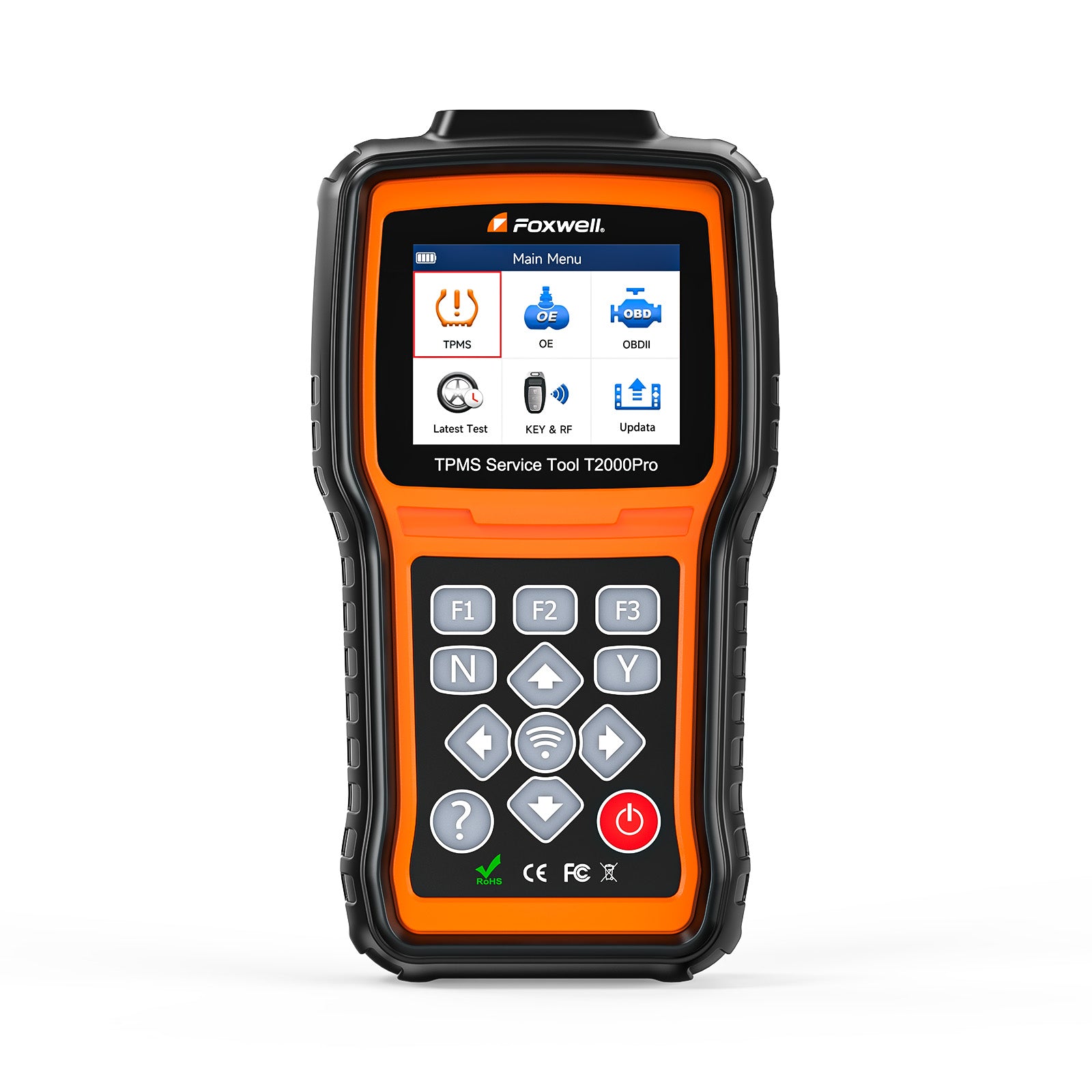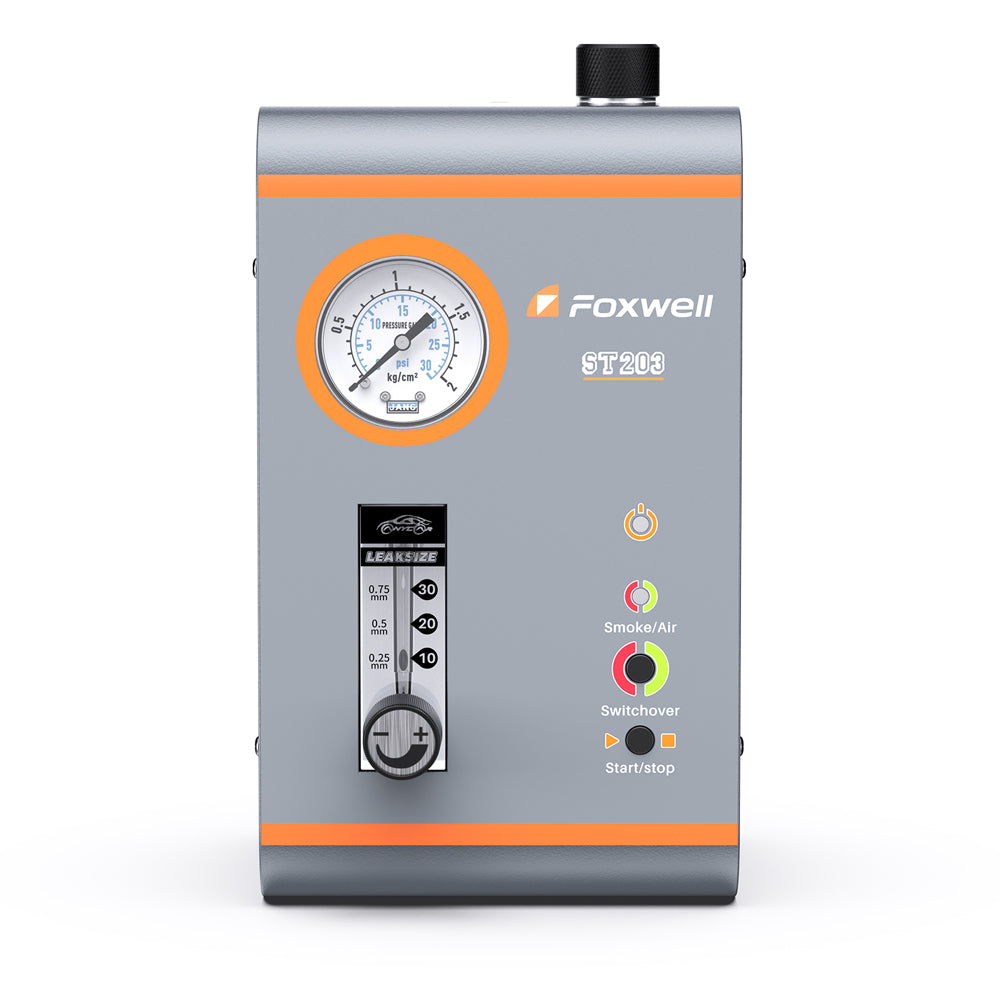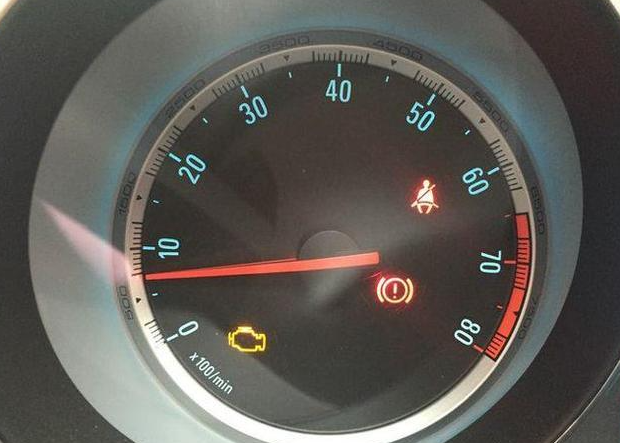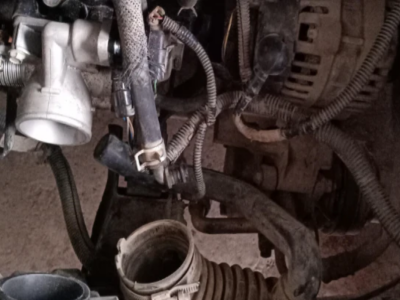Understanding fuel trim values is essential for diagnosing issues related to a car’s performance and fuel economy.
By comprehensively analyzing fuel trim values, automotive professionals can pinpoint specific engine problems and ensure timely interventions. Such proactive measures enhance engine performance and reduce environmental impact.
In this article, we will discuss in depth what long-term fuel trim is, how it functions, why it’s needed, and how it can be used to troubleshoot and give insights into the engine’s overall health.
Let’s explore the world of fuel trim and discover how small changes can reduce costs and promote sustainability in automotive operations.
What Are Fuel Trims?
Most modern cars come with a set of factory-programmed fuel maps. The maps show how much fuel the car engine requires based on specific conditions of engine temperature, engine revolutions, mass airflow (MAF), manifold absolute pressure (MAP), and load.
However, most engine components wear out and become less efficient. The adjustments that the car’s engine computer makes to the maps are what is referred to as fuel trim.
In other words, fuel trim is the adjustment the engine control unit (ECU) makes to the fuel delivery system to keep the air-fuel mixture as close to the ideal air/fuel ratio of 14.7:1 (14.7 parts of air mixed with 1 part of fuel)
Fuel trim values are stored in the computer’s memory, so you need to turn on the engine and keep it running to take readings of the fuel trim.
When the engine is shut off, the fuel trim information is retained in the ECU’s memory, so next time the engine runs, it can pick up where it left off. To reset trim values to default, you need a scanner to erase the computer’s memory. Alternatively, you can disconnect the power supply to wipe out all the codes.
What Are Fuel Trims?
Most modern cars come with a set of factory-programmed fuel maps. The maps show how much fuel the car engine requires based on specific conditions of engine temperature, engine revolutions, mass airflow (MAF), manifold absolute pressure (MAP), and load.
However, most engine components wear out and become less efficient. The adjustments that the car’s engine computer makes to the maps are what is referred to as fuel trim.
In other words, fuel trim is the adjustment the engine control unit (ECU) makes to the fuel delivery system to keep the air-fuel mixture as close to the ideal air/fuel ratio of 14.7:1 (14.7 parts of air mixed with 1 part of fuel)
Fuel trim values are stored in the computer’s memory, so you need to turn on the engine and keep it running to take readings of the fuel trim.
When the engine is shut off, the fuel trim information is retained in the ECU’s memory, so next time the engine runs, it can pick up where it left off. To reset trim values to default, you need a scanner to erase the computer’s memory. Alternatively, you can disconnect the power supply to wipe out all the codes.
Related Reading: Complete Guide to P0171 - fuel trim system lean (Bank 1): Symptoms, Fix, Diagnose
What Are the Different Types of Fuel Trims?
Practically, the ECU handles two forms of fuel trims, and these include short-term fuel trim (STFT) and long-term fuel trim (LTFT).
Short Term Fuel Trim (STFT)
The ECM makes fuel delivery adjustments based on immediate engine performance needs. STFT changes rapidly depending on operating conditions such as speed, engine load, and temperature, therefore, it’s less useful for diagnosing engine problems.
Long-term fuel trim (LTFT)
Long-term trim reflects what the engine computer has been performing to maintain an appropriate fuel mixture over a cumulative period. Unlike STFT, LTFT is a more accurate indicator of how the ECU is making fuel mixture adjustments to compensate for variations in the air/fuel ratio that are occurring in the combustion chamber. Having said that, LTFT is necessary for accurate diagnostics.
Fuel trim values are usually expressed in terms of percentages, with ideal values normally ranging from 5% and +5%. Deviations beyond the ideal range may indicate either that the fuel mixture has too much fuel (rich) or too much air (lean), necessitating timely interventions.
While a rich fuel mixture results in increased power (up to a point), on the flip side, it increases both fuel consumption and emissions. Conversely, a lean fuel mixture results in low fuel consumption and high emissions in the case of lean misfire.
A positive trim value suggests the fuel system is lengthening the injector pulse by delivering excess fuel into the combustion chamber. A negative number, on the other hand, indicates that the fuel system is shorting the injector pulse and thus taking fuel away.
Understanding Positive and Negative Fuel Trim Values
In vehicle diagnostics, a negative trim number indicates that the ECM is taking fuel away, while a positive fuel trim value suggests that the engine computer is adding more fuel.
A perfectly balanced air-fuel mixture has zero trim. Practically, zero trim readings appear at idling. A rich air/fuel mixture has negative trim values while a lean the air/fuel mixture give out positive trim values.
Understanding the trim values assists mechanics in diagnosing and identifying underlying engine performance issues with ease. If you see a balanced fuel trim, it means that the engine is operating optimally. Thus, if you recognize a fuel trim pegged outside the acceptable range of -10% and +10%, it could suggest underlying engine issues.
Related Reading: How to Test Fuel Pumps with a Scanner | ANCEL
How to Read Fuel Trim Values
To effectively analyze fuel trim values from the Engine Control Unit (ECU), you need diagnostic scan tools, connected to the OBDII (On-Board Diagnostics II) connector on the vehicle. These devices are often equipped with advanced functionalities and communicate with the vehicle’s onboard systems, providing real-time data analysis. Technicians can retrieve short-term and long-term fuel trim data from the Engine Control Unit (ECU).
To determine the readings fall within a balanced air/fuel ratio, the fuel trim data is compared with against the vehicle manufacturer’s data. If the readings exceed the acceptable limits, further diagnostic procedures are necessary.
Abnormal fuel trim numbers may necessitate the inspection of components such as oxygen sensors, fuel injectors, mass airflow sensor, exhaust system, and vacuum lines. Each of these components can significantly affect the fuel trim, leading to various performance issues.
For instance, potential causes of high positive fuel trim values may include:
- Vacuum leaks
- Defective MAF (Mass Airflow) sensors
- Marginally faulty oxygen sensors
- Insufficient fuel pressure
- Dirty or clogged fuel injectors
- Potential causes of high negative fuel trim values:
- Excessive fuel pressure
- Chattering or leaking fuel injectors
- Faulty MAF sensors
- Exhaust leaks
- Marginally defective oxygen sensor
- Loss of some compression in the cylinders
- Marginal misfire
Get the Fuel Trim Readings on Your Car with Foxwell OBD-II Scanner
We have now understood that if the fuel trims are interpreted correctly and their implications understood, they offer automotive technicians a quick way to diagnose engine problems that may otherwise take several hours to pinpoint.
If you are still searching where to find the right OBD2 scanner to help you diagnose problems and issues with your car’s fuel trim, look no further than foxwelldiag.com. Our scanners come with OEM functionality.







Leave a comment
This site is protected by hCaptcha and the hCaptcha Privacy Policy and Terms of Service apply.